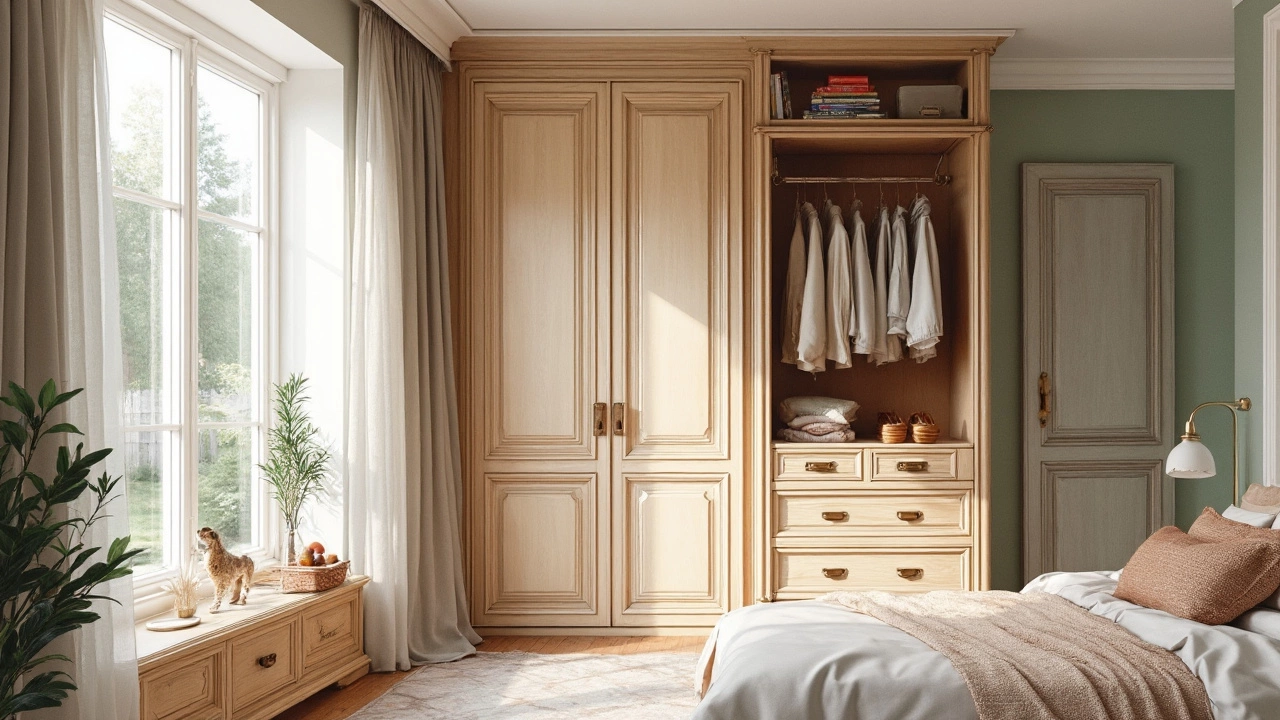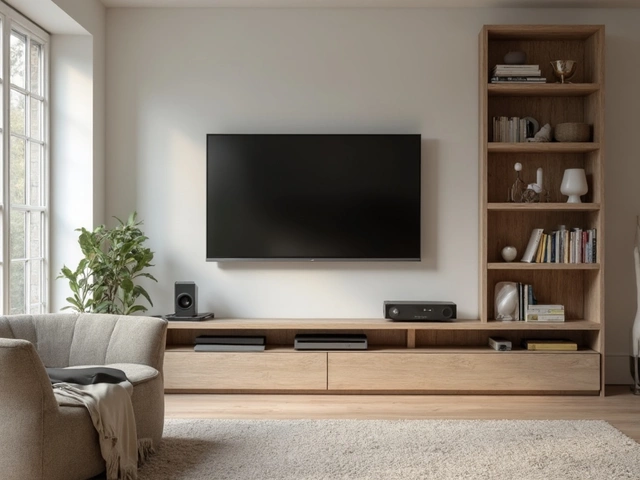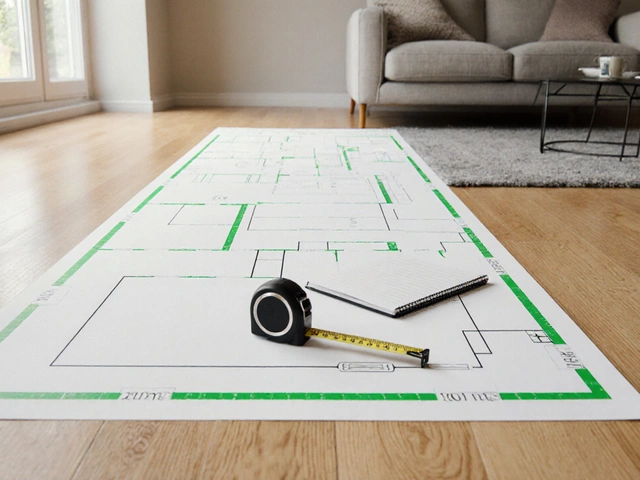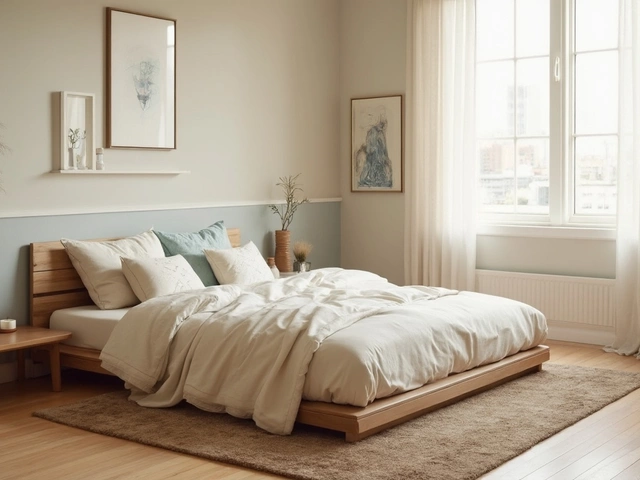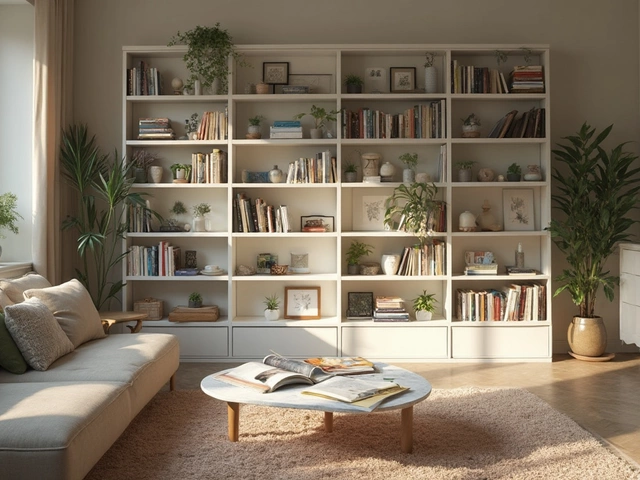Organizing Your Space: Simple Tips That Really Work
Feeling overwhelmed by clutter? You’re not alone. Most people end up with piles of stuff because there’s no clear plan for where things belong. The good news is you can fix that without buying a whole new house. A few smart storage pieces and a couple of habits can turn a chaotic room into a tidy, functional space.
Pick the Right Furniture for Each Area
Start by matching furniture to the room’s purpose. In a classroom, low‑height shelving lets kids reach books without help. In a living room, a coffee table with hidden drawers stores remote controls and magazines. Look for pieces that do double duty – a bench that doubles as a shoe rack, or a desk with built‑in drawers for supplies. When furniture serves two jobs, you free up floor space and keep items out of sight.
When you shop, ask yourself three quick questions: 1) Does this piece have storage built in? 2) Is it the right size for the room? 3) Can it be moved easily if you need to re‑arrange? Answering yes to all three means you’re likely making a good choice.
Use Zones to Keep Things Separate
Break a big room into zones. A study corner, a play area, and a relaxation spot each need its own storage solution. For the study zone, a rolling cart holds pens, notebooks, and a laptop. In the play area, stackable bins labeled with pictures let kids drop toys where they belong. The relaxation spot can have a side table with a cork board for keys and mail. By giving each zone its own home, you stop items from wandering into the wrong place.
Labeling is a game‑changer. Use simple tags, color‑coded stickers, or even hand‑drawn signs. When everyone knows where something lives, the cleanup gets faster and less stressful.
Declutter With the "One‑In, One‑Out" Rule
Every time you bring a new item into the room, remove one you no longer need. It sounds easy, but it forces you to think about what truly adds value. If you’re not sure about a piece, put it in a box for a month. If you don’t reach for it, donate it.
For larger items, schedule a quick “purge day” once a season. Grab a bag, walk through each zone, and ask: Do I use this weekly? If the answer is no, it belongs in the bag. You’ll be surprised how much space you free up.
Keep Surfaces Clear With Hidden Storage
Clutter loves flat surfaces – desks, nightstands, and kitchen counters. Choose furniture with hidden compartments to keep those surfaces clean. A bed with drawers underneath stores linens, while a kitchen island with a pull‑out shelf houses cutting boards and spices.
Don’t forget the vertical space. Tall bookcases or wall‑mounted shelves use height instead of floor area. Add a few baskets on the top shelves for items you don’t need daily, like seasonal decor.
When you combine multi‑function furniture, clear zones, and a regular declutter habit, organizing becomes a habit rather than a chore. Start small – pick one room, apply these tips, and watch the difference. Your space will feel bigger, calmer, and ready for anything that comes your way.
